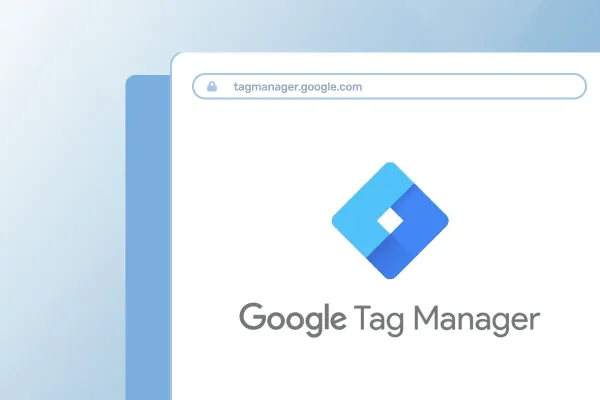Core Web Vitals: A Comprehensive Guide to Optimizing Your Website for User Experience

In the ever-evolving realm of digital marketing, one aspect remains constant: the importance of providing a seamless and engaging user experience. Google's Core Web Vitals, a set of three key metrics, serve as a compass for optimizing your website's performance and ensuring a positive user journey.
What are Core Web Vitals?
Core Web Vitals are a subset of Google's Web Vitals initiative, which aims to measure and improve website performance across three critical aspects:
- Largest Contentful Paint (LCP): Measures the time it takes for the largest content element to load on a page. A good LCP score is below 2.5 seconds.
- First Input Delay (FID): Measures the time it takes for the browser to respond to the first user interaction, such as a click or a tap. A good FID score is below 100 milliseconds.
- Cumulative Layout Shift (CLS): Measures the amount of unexpected layout shift that occurs on a page, which can disrupt the user's experience. A good CLS score is below 0.1.
Why are Core Web Vitals Important?
Core Web Vitals are crucial for several reasons:
- User Experience: They directly impact the perceived user experience, ensuring that your website is responsive, stable, and visually engaging.
- Search Rankings: Google considers Core Web Vitals as a ranking factor, meaning that optimized websites are likely to rank higher in search results.
- Conversion Rates: A positive user experience leads to increased engagement, customer satisfaction, and ultimately, higher conversion rates.
How to Google Core Web Vitals for Your Website
Fortunately, Google provides several tools to assess your website's Core Web Vitals performance:
- PageSpeed Insights: This tool analyzes your website's performance and provides actionable recommendations for improvement.
- Search Console: Search Console's Core Web Vitals report identifies pages that need attention and provides detailed insights.
- Lighthouse: This browser extension audits your website's performance, including Core Web Vitals metrics.
- Web Vitals API: This API allows you to programmatically measure Core Web Vitals for your website.
Strategies to Optimize Core Web Vitals
Once you've identified areas for improvement, here are some strategies to optimize your Core Web Vitals:
- Optimize images: Compress and optimize images to reduce their file size, improving loading speed.
- Minimize render-blocking resources: Identify and defer loading non-critical CSS and JavaScript files, preventing them from blocking the initial page render.
- Implement lazy loading: Load images and other content as they become visible in the viewport, reducing initial page load time.
- Reduce JavaScript execution: Identify and minimize unnecessary JavaScript code, as excessive JavaScript can impact page load speed and interactivity.
- Utilize a content delivery network (CDN): Distribute your website's content across multiple servers worldwide, reducing latency and improving loading speed for global users.
- Minify CSS and JavaScript: Minify CSS and JavaScript files to remove unnecessary whitespace and comments, reducing their file size.
- Preconnect to external resources: Preconnect to external resources, such as fonts and scripts, to reduce the time it takes to load these resources.
- Reduce HTTP requests: Combine multiple CSS and JavaScript files into fewer files, reducing the number of HTTP requests required to load the page.
- Optimize third-party scripts: Identify and optimize third-party scripts, such as analytics or ad tags, as they can impact page load speed.
- Monitor and maintain: Continuously monitor your Core Web Vitals performance and make adjustments as needed to maintain optimal performance.
Conclusion
Optimizing your website's Core Web Vitals is an ongoing process that requires dedication and continuous effort. By following these strategies and utilizing the available tools, you can ensure that your website provides a positive user experience, enhances your search rankings, and ultimately drives business growth.




